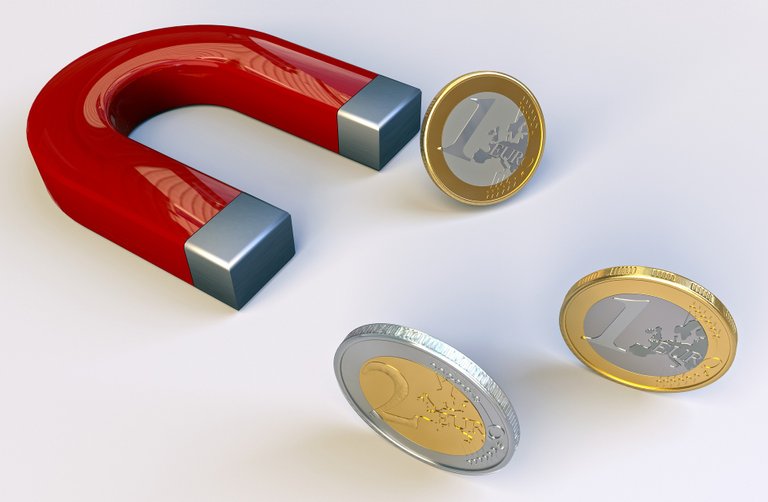Self-Induced Sping Glass - New State of Matter
Neodyme surprised scientists as they discovered a new type of exotic matter that is similar to spin-glass.

Image by pithonius from Pixabay
- Be also sure to check out my other posts and follow me @kralizec and subscribe to my Youtube channel at Kralizec Gaming Youtube Channel
If you ask a normal person how many states of matter they now, usually they will say three or four - solids, liquids, gases, and plasma. But the truth is that there is another who world of exotic states of matter. Sometimes quite incredible. And a new one was just discovered.
Physicists from Radboud University Nijmengen in the Netherlands and Uppsala University in Finland recently discovered a new exotic state of matter. It is a new type of spin-glass - a material that is not glass nor is it made by silicates. Spin glass is usually made from magnetic metal materials whose magnetic moments are in a state of chaos and are similar to glass. In comparison, in normal magnetic materials, the spins of atoms are all in a single direction.
Until now we only knew of spin glass from very few metal alloys. But now, Umut Kamber and his colleagues found that a similar state of matter can spontaneously appear in pure neodymium - an element from the lanthanoid group. They called it self-induced spin glass. We have known for some time that neodymium has strange magnetic properties. Thus, the researchers decided to examine it using a scanning tunneling microscope. And they got more than surprised. It shows, that the spins in neodymium do not circle in a spiral. And on top of that, they do it at different speeds, so the shape of the spiral changes constantly.
As Daniel Wegner from Radboud says - thanks to the scanning tunneling microscope they were able to observe the structure of individual neodymium atoms and to found out where these individual atoms have a north and south magnetic pole. This allowed them to understand the magnetic behavior of a neodymium magnet.
The researchers also think that this state of matter is not necessarily limited just to neodymium. It is possible that it is hiding in other materials as well. And at the same time, they thought to themselves that the complex "behavior" of the spin of atoms in neodymium could be used as a platform that replicates the behavior of biological neurons in future AI systems.
Sources:
- https://science.sciencemag.org/content/368/6494/eaay6757
- https://www.ru.nl/english/news-agenda/news/vm/imm/2020/new-whirling-state-matter-discovered-element/
- If you like the content I’m producing about science maybe you will like the content I produce about gaming as well! Be sure to check out my other posts!